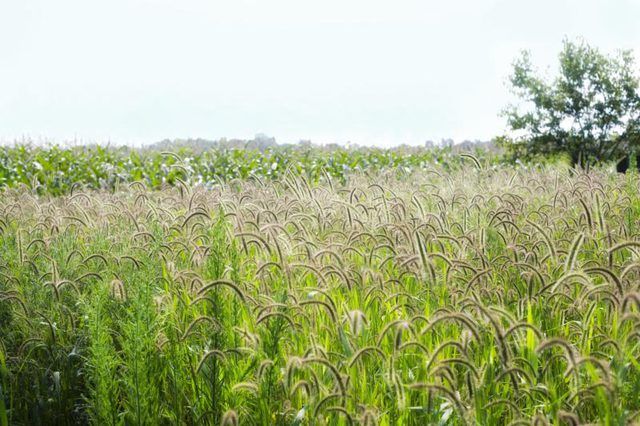Bulbs
Flower Basics
Flower Beds & Specialty Gardens
Flower Garden
Garden Furniture
Garden Gnomes
Garden Seeds
Garden Sheds
Garden Statues
Garden Tools & Supplies
Gardening Basics
Green & Organic
Groundcovers & Vines
Growing Annuals
Growing Basil
Growing Beans
Growing Berries
Growing Blueberries
Growing Cactus
Growing Corn
Growing Cotton
Growing Edibles
Growing Flowers
Growing Garlic
Growing Grapes
Growing Grass
Growing Herbs
Growing Jasmine
Growing Mint
Growing Mushrooms
Orchids
Growing Peanuts
Growing Perennials
Growing Plants
Growing Rosemary
Growing Roses
Growing Strawberries
Growing Sunflowers
Growing Thyme
Growing Tomatoes
Growing Tulips
Growing Vegetables
Herb Basics
Herb Garden
Indoor Growing
Landscaping Basics
Landscaping Patios
Landscaping Plants
Landscaping Shrubs
Landscaping Trees
Landscaping Walks & Pathways
Lawn Basics
Lawn Maintenance
Lawn Mowers
Lawn Ornaments
Lawn Planting
Lawn Tools
Outdoor Growing
Overall Landscape Planning
Pests, Weeds & Problems
Plant Basics
Rock Garden
Rose Garden
Shrubs
Soil
Specialty Gardens
Trees
Vegetable Garden
Yard Maintenance
Can Grass Grow From Clippings?
Can Grass Grow From Clippings?. The only way to grow lawn grass from clippings is to allow the grass to grow so long it produces seed. Then, when the seed remains in the clippings and conditions are right, it may germinate. Allowing grass to become that overgrown looks unkempt and may violate regulations in your community. Other grass propagation...

The only way to grow lawn grass from clippings is to allow the grass to grow so long it produces seed. Then, when the seed remains in the clippings and conditions are right, it may germinate. Allowing grass to become that overgrown looks unkempt and may violate regulations in your community. Other grass propagation methods produce more reliable results.
Grass Propagation
Turf grass can be grown from seed, by planting plugs of rooted grass or allowing some grass types to spread by stolons or runners -- stems and roots that form new plants. Another technique, sprigging, involves planting stolons with nodes, much the same way as plugs. The success rate of each method depends on the type of grass and growing conditions. Plugs do not detach and become components of clippings, though stolons might. The chance of stolons surviving mower blades and rooting successfully is minimal.
Annual Grasses
Some grasses establish better or more quickly from seed than others. Annual ryegrass (Lollium multiflorum), often included in lawn seed mixes, germinates and sprouts quickly. If mowed after going to seed, the seeds might germinate, given enough sun and water. Annual ryegrass is usually included in mixes, rather than sold as a stand-alone product, because it produces clumps, rather than a fine, smooth lawn. It won't live for more than a year, but allowing the grass to set seed would produce at least some new grass plants every year.
Perennial Grasses
Kentucky bluegrass (Poa pratensis), which grows in areas that roughly cover U.S. Department of Agriculture plant hardiness zones 3 through 7, is a perennial grass that might grow from seeds contained in clippings. It is also a longtime favorite for lawns. Bluegrass is widely sold, often in mixtures of several varieties, and produces a fine, smooth lawn. Though slow to establish, bluegrass has been reported as invasive, suggesting seed germination rates are high.
Grass Clipping Considerations
If you're looking after your lawn, you mow it when it gets to no more than 3 inches tall, which is before it starts to set seed. Standard grass clippings without seed help return nutrients back to the soil if you use a mulching lawn mower and leave them on the lawn. The clippings degrade quickly, adding organic material to the soil. Collecting and composting grass clippings, along with other organic wastes, will produce finished compost that is useful for amending and enriching soil before grass seed or plugs are planted.